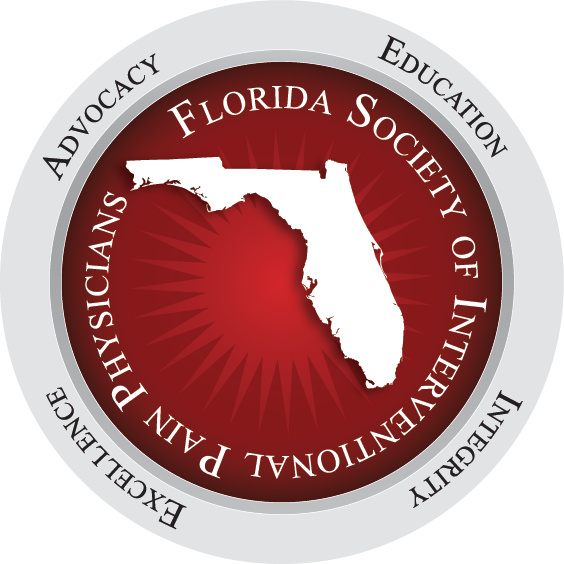Today is the anniversary of the first EUA approved COVID vaccinations administered in the US, yet COVID is surging in many parts of the country, particularly the Northeast and other cold states. To help overwhelmed hospitals, teams of military medics joined health care providers in states including Colorado, Michigan, and New Mexico to help treat COVID patients amongst multiple teams that have recently been deployed. In its first year of availability, over 483 million COVID vaccinations have been administered in the US and over 8.5 Billion doses have been administered worldwide.
At 800,000 COVID deaths in the US, concerns are increasing regarding the Omicron variant. The CDC last week released its first report on Omicron, discussing 43 cases detected in 25 states between December 1 and December 8. Nearly 80% of the patients were fully vaccinated and one-third had received a booster dose, although 5 of those were not 2 weeks from their last dose. Additionally, 6 of the patients were previously infected with SARS-CoV-2, and nearly all cases experienced mild cold-like symptoms, including congestion, cough, and fatigue. Only 1 patient was hospitalized. State-level community transmission is listed as high across nearly the entire country, which does not bode well in the face of what appears to be the more infectious Omicron variant. The CDC predicts the weekly number of COVID-19 related deaths will rise from 8,800 last week to 10,000 next week and to more than 11,000 in 4 weeks. Preliminary studies of the Omicron variant of concern (VOC) are revealing lower vaccine effectiveness compared with previous SARS-CoV-2 variants. While still under review, full doses of current vaccines appear to be around 30-40% effective in preventing infection against Omicron. With booster doses, that estimate increases to between 70-75%. The decreases in vaccine effectiveness can be attributed to significant changes in the S gene of the Omicron variant compared to previous SARS-CoV-2 variants. The S gene codes for the spike protein, which sits on the outside of the virus and contributes to its ability to infect host cells. Omicron’s totality of mutations in its S gene have resulted in a variant that is different enough from previous variants to be less recognizable by vaccine-induced immunity or by previously acquired immunity following recovery from infection. Most studies do appear to reinforce the need for booster doses, which are posited to significantly increase protection against Omicron. While overall infections are currently on the rise, fully vaccinated persons still appear less likely to be hospitalized with infections due to Omicron. The variant also appears to cause less severe disease than its predecessor variants; however, given the apparent high transmissibility of Omicron, healthcare facilities are still likely to undergo severe strain to remain on top of the wave of incoming patients particularly when you factor in that we are entering flu season.
CSSE is reporting 50,210,571 positive cases in the U.S. and 799,789 deaths. DOH reported for the week ending December 9, 3,710,507 confirmed cases in Florida with 62,026 deaths.



